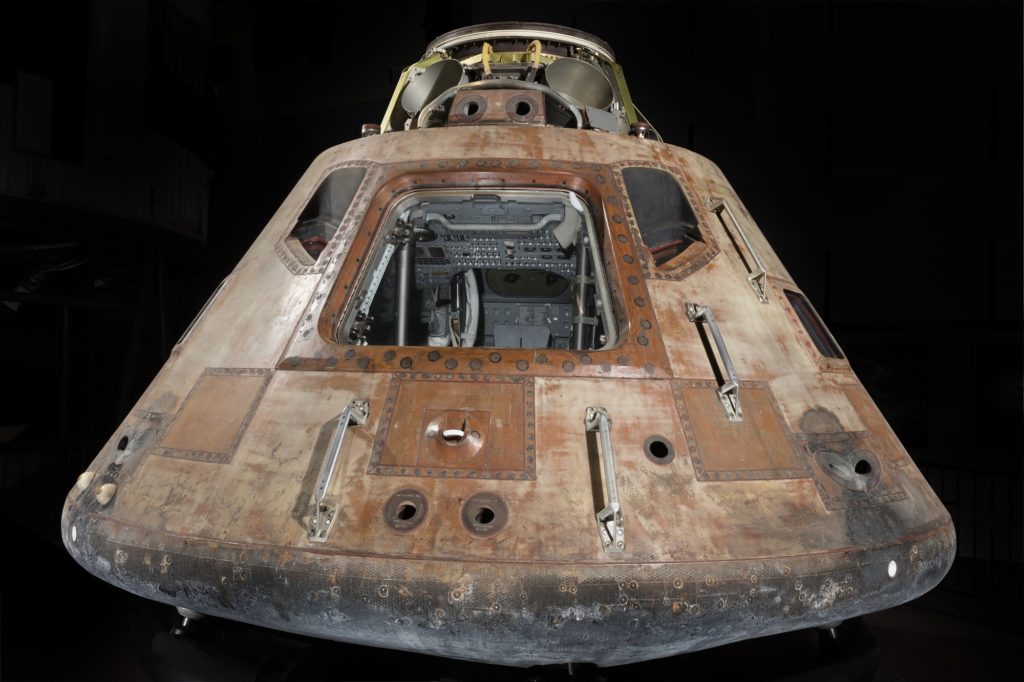The Smithsonian Museum announced the launch of Smithsonian Open Access on Tuesday (link at the bottom of the article). Under this program, roughly 2.8 million of the museum’s digital image and data collections, gathered over nearly two centuries, have been made free to access, download, transform, and use for any purpose, for free, without further permission from the Smithsonian.

It is the largest open-access program launched by a museum to date and the most varied in regards to the fields of science it touches upon. The Smithsonian will also continue to add items to the library, with plans to have over 3 million images designated as open access by late 2020.
The Smithsonian, Opened
“Open access is a milestone for the Smithsonian in our efforts to reach, educate and inspire audiences,” said Smithsonian Secretary Lonnie G. Bunch III in a press release unveiling the program. “Through this initiative, we are empowering people across the globe to reimagine and repurpose our collections in creative new ways.”
The 19 museums, 9 research centers, as well as the libraries, archives, and the National Zoo that are part of the Smithsonian Institution all participated in the Open Access program. The content they pooled includes 2- and 3D images of the items in their collections, research datasets, and collection metadata (i.e. data about the data they have). There’s something for everyone here — the collections include art, culture, and design just as much as they deal with hard sciences, history, technology, and 3D scans of dinosaur skeletons.
The program comes as a continuation of one of the Smithsonian’s previous programs, in which it made over 4.7 million collection images available online for personal, non-commercial and educational use under the Smithsonian Open Access initiative. Some 3 million of those images have been placed under a Creative Commons Zero designation, meaning you can use them for pretty much anything without needing permission from the Smithsonian or requiring that you pay them.
“Open access exemplifies the Smithsonian’s core mission: the ‘increase and diffusion’ of knowledge our institution has fostered for nearly 175 years,” said John Davis, interim director of the Cooper Hewitt, Smithsonian Design Museum, who led the initiative from its inception.
“With Smithsonian Open Access, we’re inviting people everywhere to make that knowledge their own–to share and build on our digital collections for everything from creative works, to education and scholarly research, to bold innovations we have yet to imagine.”
The Smithsonian Institution hopes that their open access program will inspire the public to use their collection to “understand and solve today’s challenges” says Effie Kapsalis, the Smithsonian senior digital program officer, who managed and guided implementation of the program. The data itself will be hosted by Amazon Web Services Public Dataset Program and the whole program was built in partnership with Google Arts & Culture.
All the images used in this article were obtained from the Smithsonian Open Access library.


